Resource Centre
Discover a wealth of knowledge and insights from the experts at StarFish Medical. Our Resource Centre offers product development tips, reviews of new and cutting-edge technologies, and in-depth articles on regulatory updates and compliance in medical device development.
-
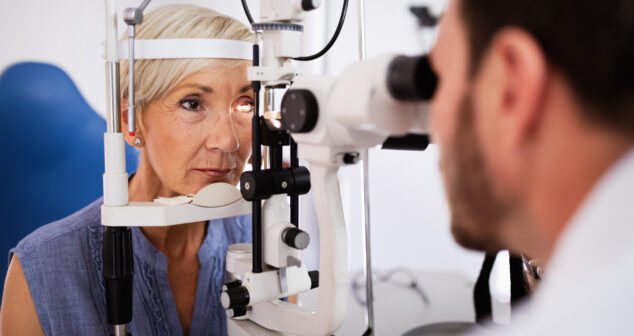
Optics Physicist and Engineer share approaches to performing pre-screen Ophthalmic Instrument Safety Assessment testing in-house.
-
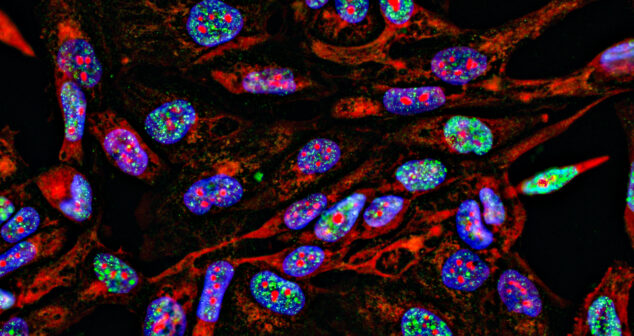
Fluorescence Imaging in Medical Devices outlines medical applications and examples of devices that use fluorescence for imaging.
-
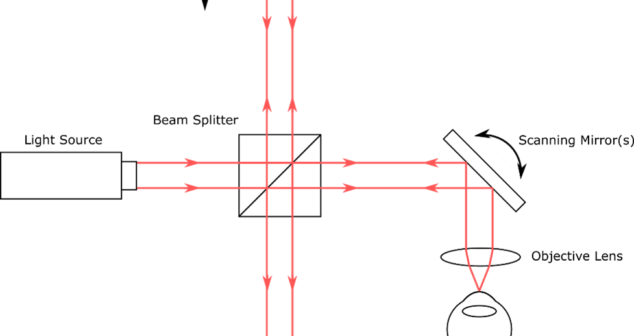
Overview of Optical Coherence Tomography (OCT) Types includes some advantages and disadvantages of the imaging techniques in medical devices.
-
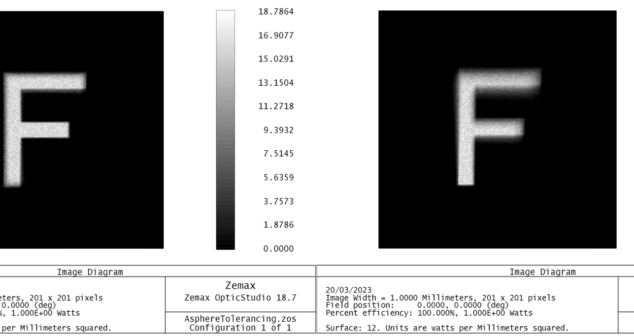
Overview of tolerancing simulation for medical device optical systems in Zemax OpticStudio’s sequential mode.
-
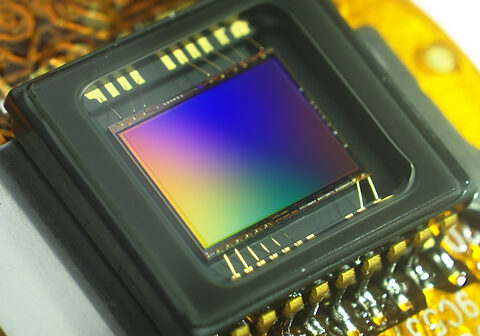
Considerations for selecting medical device camera image sensors including CCD vs. CMOS and monochromatic vs. color varieties.
-
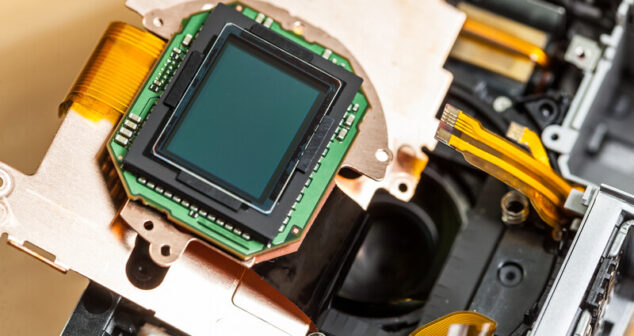
Optical Engineer shares key elements that impact image quality when choosing a Medical Device Camera Sensor.
-
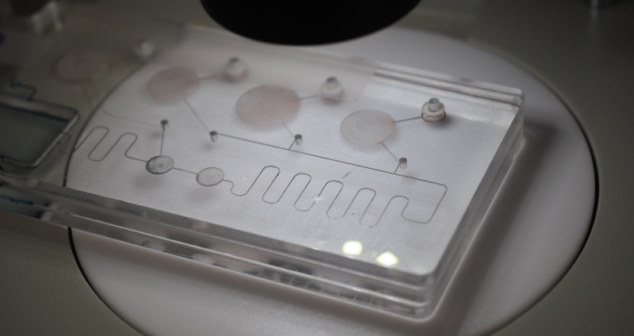
Microfluidic Optics explores ways that lenses can be implemented on microfluidic cartridges can play an important role in microfluidic platforms,
-
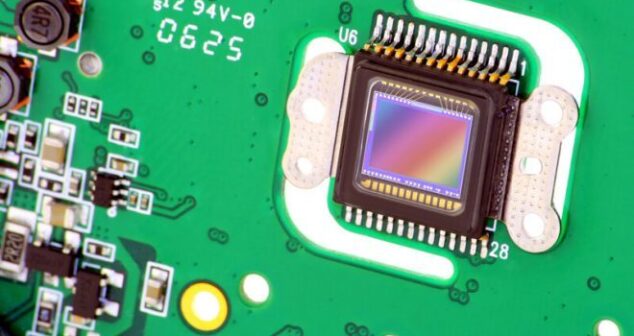
Medical Device Camera Sensor technical trade-offs to consider when incorporating a visible or near-infrared range camera sensor into a medical device.
-
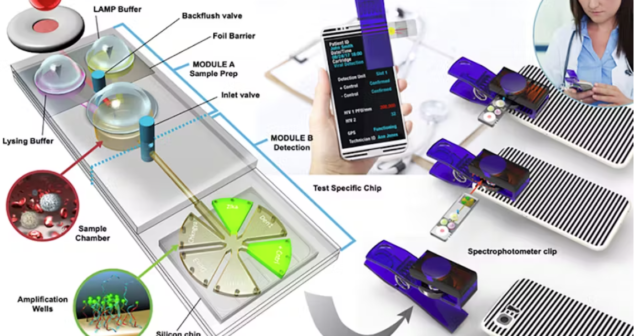
Overview of optical technologies for point of care (POC) medical devices that have been developed or show promise.